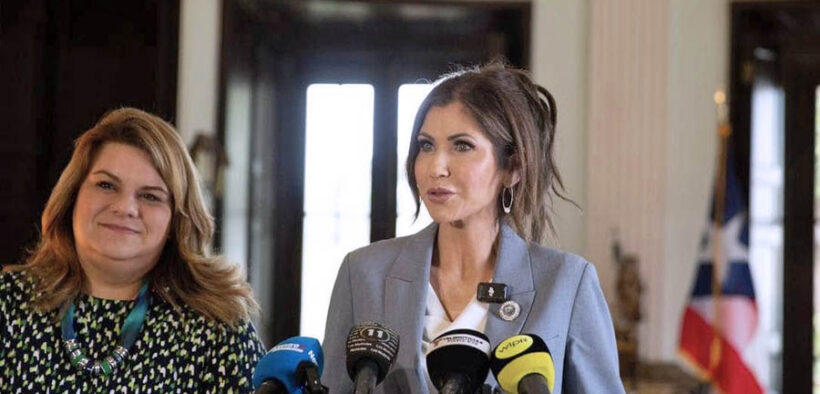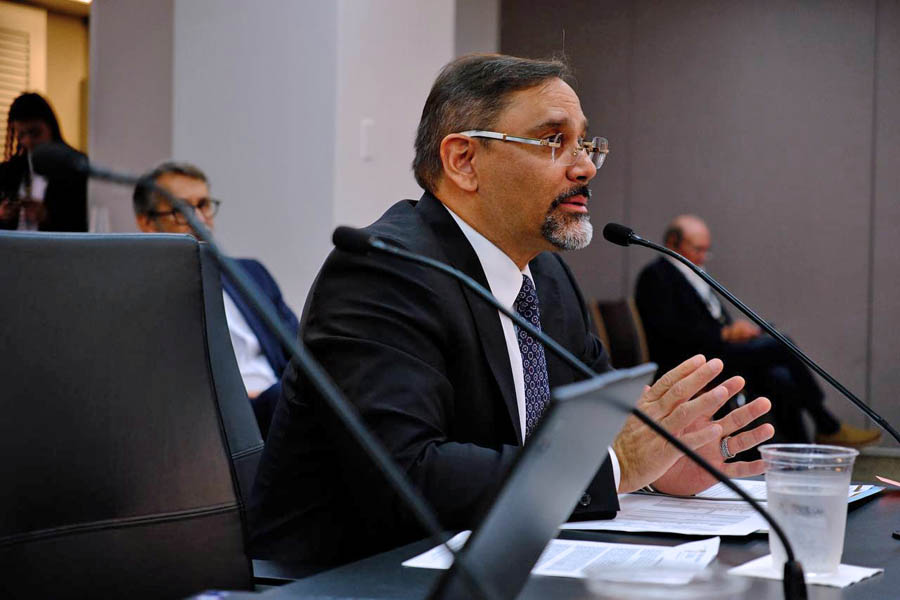Puerto Rico loses FEMA funds for climate adaptation

By Vanessa Colón Almenas | Centro de Periodismo Investigativo
The Agricultural Extension Service of the University of Puerto Rico at Mayagüez and the Office of Permit Management (OGPe, in Spanish) lost more than $3 million in available funds after the Federal Emergency Management Agency (FEMA) announced the end of one of its risk mitigation programs promoting climate adaptation and resilience.
In a four-paragraph press release, FEMA announced the termination of the Building Resilient Infrastructure and Communities (BRIC) grant program and the cancellation of all applications from fiscal years 2020 to 2023 submitted by states and territories.
The Puerto Rico Agricultural Extension Service had proposed educating communities affected by landslides in the Río Grande de Añasco watershed. Through workshops on soil stabilization using natural resources, the initiative aimed to impact communities in Añasco, Las Marías, Adjuntas, Maricao, and other towns in the area. The grant was nearly $1.6 million but had not been approved.
The Centro de Periodismo Investigativo (CPI) learned that since December, the Agricultural Extension Service had been awaiting a response from FEMA and the Central Office for Recovery, Reconstruction, and Resilience (COR3), as the proposal’s approval was on hold. While awaiting approval, the Trump administration abruptly canceled the program.
Meanwhile, OGPe’s grant was estimated at nearly $1.7 million. The agency planned to establish a program to raise public awareness about land use planning and the importance of complying with current building codes and regulations.
Both Puerto Rican projects — submitted to FEMA since fiscal year 2023 — were among the program’s cancellations, as FEMA had not yet awarded them. They were in the pre-approval phase, according to COR3.
Of the applications submitted by the Puerto Rican government under the BRIC program, only a $2 million project from the Office of Management and Budget (OGP, in Spanish) aimed at training municipalities, agencies, and non-governmental entities to improve mitigation fund management might survive. This grant is assigned to COR3, but in 2023, the agency transferred it to OGP, which has publicly requested proposals to hire a third party to provide these services.
If the grant funds have not been distributed, they will be immediately returned to the Disaster Relief Fund or the U.S. Treasury, FEMA warned in the statement.
As of press time, neither COR3 nor OGP confirmed or denied the definitive loss of these funds. This project was submitted in fiscal year 2022, but according to FEMA data, $1.5 million had already been obligated.
In total, the Puerto Rican government could lose more than $4.7 million under BRIC.
The cut aligns with the controversial policies of U.S. President Donald Trump, who has dismantled climate change measures. The move is also supported by Secretary of Homeland Security (DHS) Kristi Noem, who considers them an unnecessary investment. FEMA is part of the DHS. In fact, Noem ordered her senior team to remove all terminology related to “climate change” from DHS public policies and programs.
However, during her recent visit to Puerto Rico, Noem said she had discussed with the Governor how FEMA could expedite certain permits and requirements to ensure “that people receive the help they need and that was promised by the agency, efficiently and effectively.”
FEMA did not respond to specific questions from the CPI about the cuts to Puerto Rico.
Cuts to disaster prevention
Mitigation is defined as the prevention of loss of life and property in a future disaster, Rafael Torrech-San Inocencio, a federal grants consultant, told the CPI.
To highlight the BRIC program’s relevance, Torrech-San Inocencio explained that beyond its role in “fixing things” after a disaster, FEMA “takes on a more foresight role” through this program, investing in infrastructure projects that were not damaged but are vulnerable, to ensure they are safe in a future disaster. “That is the essence of the BRIC mitigation program,” he said.
FEMA estimates that with these cuts, $882 million will return to the U.S. government’s coffers. In 2021, $1 billion was available for BRIC, of which $133 million had already been provided to 450 applicants in the United States and its territories.
“They [the Trump administration] still have the discretionary power to decide which mitigation programs to fund, but equating climate change to the denial of mitigation is a big mistake that will be paid for with life and property in the future,” added Torrech-San Inocencio, who worked in FEMA’s Risk Mitigation Program.
Other projects vanished
The Puerto Rican Institute of Culture (ICP, in Spanish) was left hanging with a $2 million project to be funded by the BRIC program, as it was not even submitted. This year, the ICP intended to apply to the BRIC program to train its staff, as COR3 had informed the CPI.
COR3, responsible for administering and supervising this program in Puerto Rico, expected to submit nine projects totaling $258,045,845 this year, the agency confirmed to the CPI last week.
In fiscal year 2023, Puerto Rico had submitted 17 other projects to the BRIC program at a cost of nearly $332 million, but none were approved. Transforming some public-school classrooms into safe rooms designed to withstand extreme weather events, as well as microgrid, flood control, and erosion projects, were among the proposals.

COR3 Executive Director Eduardo Soria-Rivera said in March that he believed that the use of these funds was not being maximized because they had not been promoted like other programs.
“Those funds have been left out in a corner for the last few years,” said Soria-Rivera during a conversation with the Manufacturers Association. “[…] my position is either we manage them well or we eliminate them.”
What is the BRIC program?
The BRIC program was established in 2018 and replaced another mitigation program known as PDM (Pre-Disaster Mitigation). Given the increasing dangers associated with climate change, meteorological phenomena, and the need for natural risk mitigation activities that promote adaptation and resilience, BRIC would provide funds to protect communities and infrastructure and reduce disaster damage, according to FEMA.
Beneficiaries were required to cover 25% of the total cost of each project. FEMA also provided funds for administrative expenses.
However, the press release FEMA sent to announce its cancellation states that BRIC “was yet another example of a wasteful and ineffective FEMA program. It was more concerned with political agendas than helping Americans affected by natural disasters.”




